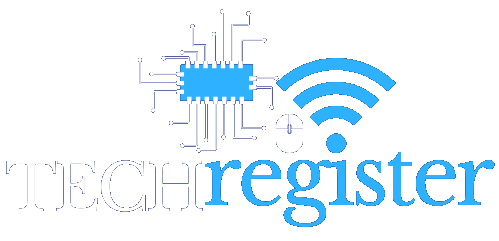For Instamart, it has hit an annualised gross sales run rate of $1.8 billion based on December quarter earnings—trailing behind Blinkit’s $3.7 billion and Zepto’s $3 billion. Instamart’s GOV grew by over 88%, while MTU jumped by 14%.
Swiggy’s bottom-line numbers missed analyst estimates, as they had projected the net loss to come in around Rs 700 crore and an adjusted EBITDA margin of -10% for Instamart. The company’s stock closed 3.6% down at Rs 418.10 on the BSE. The results were announced post-market hours.
“This was caused by a mix of reasons—(a) store expansion and replacements (smaller to larger), which are yet to mature in terms of scale; (b) heightened competitive action leading to higher customer incentives; (c) increased investments in customer acquisition and activation; and (d) seasonal investments in store and delivery networks to cater to peak event volume,” Swiggy said in a shareholder letter on Instamart margins.
Company CFO Rahul Bothra said its outlook remained intact to break even at an operating level by the December quarter of FY26 and that investments in quick commerce would continue in the coming quarters. Instamart’s average order value jumped to Rs 534, up 14% YoY.
Discover the stories of your interest

Also Read: Swiggy annual run rate at nearly 1 billion orders: CFO Rahul Bothra“There is a lot more focus on geography addition and dark store addition. So this means you should expect a similar kind of margin profile,” Bothra said, adding that Swiggy has 800 dark stores as of January across 84 cities. It added 96 new dark stores in December. Blinkit surpassed the 1,000 dark store mark in December, while ET reported last month that Zepto has over 900 such facilities.
“We are guiding for accelerated growth,” he said. Adjusted EBITDA margins for quick commerce stood at -14.8%, reflecting near-term investments to capture market share.
Swiggy significantly ramped up its marketing spend during the quarter, which came in at Rs 751 crore, up 65% year-on-year. Notably, this was also the quarter when Swiggy went public.
“The number of dark stores in metros will continue to grow to manage organic growth through densification and increased coverage in fringe areas. In parallel, we will be adding stores across existing and new non-metro geographies, which are growing faster on a lower base. About a third of the overall store additions in Q3 were in new cities,” Swiggy added in a note to shareholders.
Food delivery outlook
Swiggy said it witnessed a better outlook in food delivery, with 19.2% YoY growth in Q3, up from 14.6% YoY.
“We have always believed that food delivery in India will continually grow faster than the overall food services market, since convenience-driven consumption will grow given our demographic and socio-economic trends,” the company said in the shareholder letter, adding that it maintains a guidance of 18-22% annual growth rate for the food delivery category in the medium term.
In comparison to its biggest rival, Zomato, while Swiggy still trails in terms of share of food delivery GOV, it managed to reduce the gap after growing in this segment faster than the Gurugram-based company.
In January, ET had reported, citing a note by ICICI Securities, that Zomato may have lost market share in the December quarter, with its competitors scaling up 10-15-minute food delivery offerings faster.
Swiggy’s new initiatives, like Bolt—a 10-minute delivery service within the main app—have seen their contribution to the company’s overall food order volumes increase to 9% in the December quarter from 5%. Swiggy has also rolled out a separate app, Snacc, for its 10-minute delivery service.
“On Bolt, it’s the first offering of its kind where restaurant partners can participate in the quick food industry,” said Rohit Kapoor, CEO of Swiggy’s food delivery business. According to him, Bolt is present in 425 cities, and that’s broadly the total addressable market (TAM) for the product.
According to Kapoor, the Budget announcement of no income tax for income up to Rs 12 lakh may lead to more consumption for Swiggy.
“So, we believe both models are playing in the 10-minute food delivery segment but catering to different needs and consumption occasions. We, therefore, intend to play in both paradigms and hope to outpace category growth on the back of these,” the company said regarding having both Bolt and Snacc for the 10-minute service.
Also Read: Zomato, Swiggy shares slide amid rising competition in quick commerce











